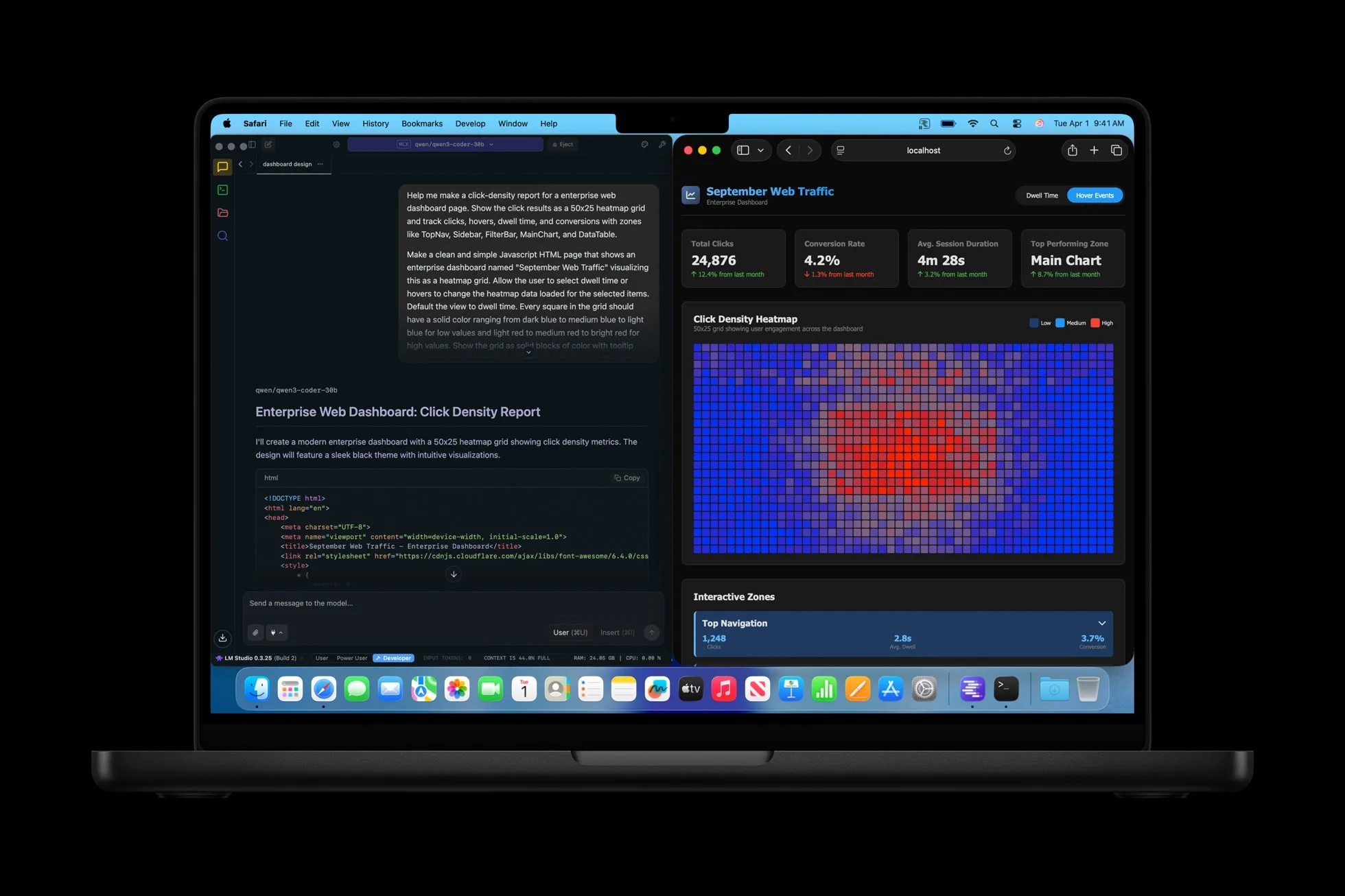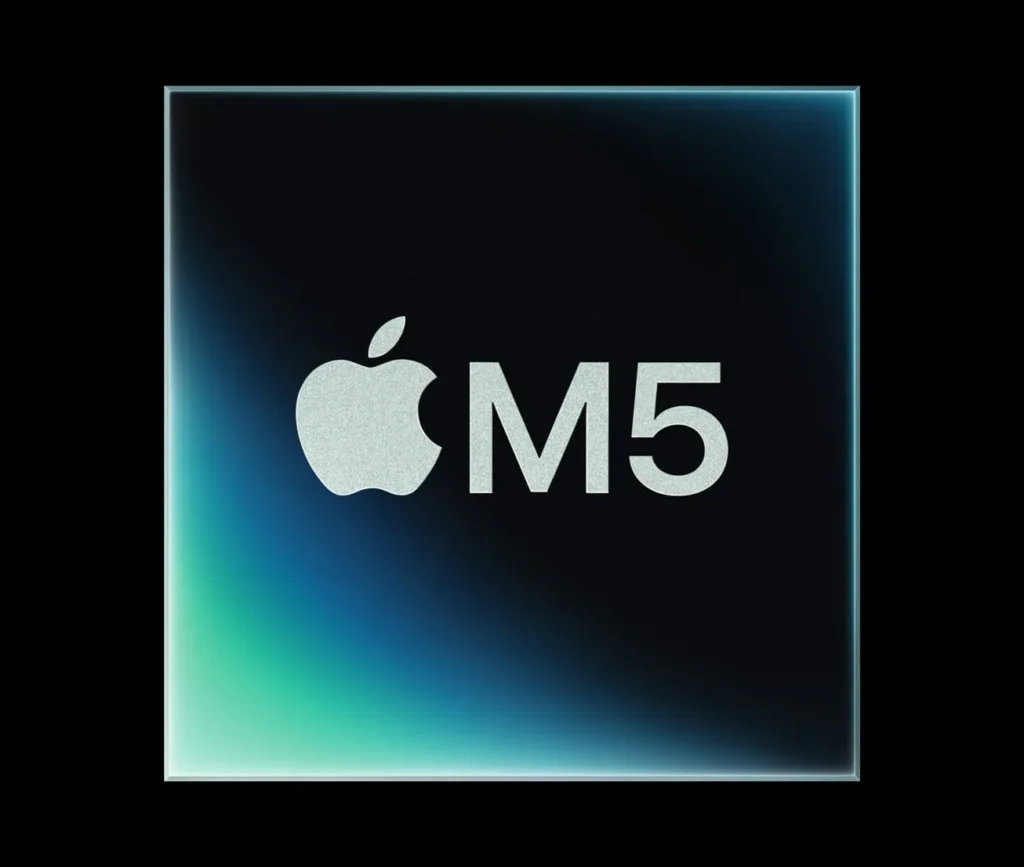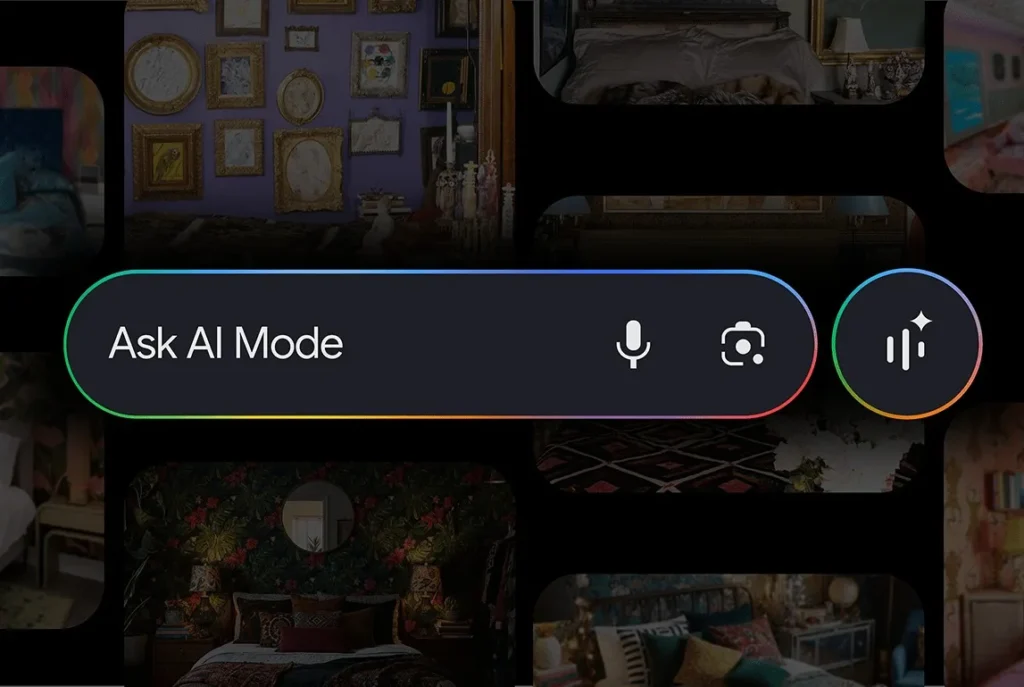Apple M5: A 3 nm chip that revolutionizes AI and graphics on Mac, iPad, and Vision Pro
Apple has unveiled its new Apple M5 chip, a significant evolution in its Apple Silicon lineup. Built on a 3nm process, it brings substantial advancements in three key areas: artificial intelligence, graphical performance, and energy efficiency.
Now featured in the new 14-inch MacBook Pro, iPad Pro, and Vision Pro headset, the M5 chip represents an important milestone in the convergence of traditional computing and AI processing.
Apple M5 Architecture: CPU, GPU, and AI Work Together
The Apple M5 chip is based on a 10-core CPU architecture (four high-performance cores + six high-efficiency cores). As a result, it offers up to 15% better multithreaded performance compared to the M4, while maintaining improved energy efficiency. On the graphical side, the M5 features a new generation of 10-core GPU, each equipped with a dediated Neural Accelerator.
This innovation allows for:
- 4x more GPU computing power compared to the M4,
- up to 6x higher AI performance than the M1,
- and a 45% improvement in ray tracing with the third generation of ray tracing technology.
“The Apple M5 brings the next great leap in AI performance for Apple Silicon,” says Johny Srouji, Senior Vice President of Hardware Technologies at Apple.

AI and Neural Engine: A New Era for Local Models
The Apple M5 chip is not only equipped with an AI-boosted GPU; it also includes a reworked 16-core Neural Engine to process artificial intelligence models more smoothly and quickly.
Concrete Applications:
- Apple Vision Pro: transforming 2D photos into spatial scenes and faster Persona generation.
- iPad Pro & MacBook Pro: local execution of language models (LLM) and AI creative tools like Image Playground or Draw Things.
- Foundation Models Framework: automatic acceleration of models on Metal, Core ML, or Tensor APIs, without developer intervention.
In summary, the Apple M5 allows for the local execution of generative AI—without relying on the cloud—while maintaining server-like speeds.
GPU and Graphics: 120 Hz, 3D, and Spatial Rendering
The graphical capabilities see a major generational leap:
- +30% performance compared to the M4,
- +2.5x compared to the M1,
- and optimized management of 3D rendering, ray tracing, and dynamic shading.
On the Vision Pro, this translates to:
- 10% more pixels rendered,
- an increased refresh rate of 120 Hz (up from 100 Hz),
- and reduced motion blur for sharper images.
Developers can leverage these improvements through Metal 4, Core ML, and Metal Performance Shaders, benefiting from automatic gains in compatible applications.

Unified Memory and Energy Efficiency
The memory bandwidth rises to 153 GB/s, which is nearly 30% more than the M4 and more than double the M1. This allows for running larger AI models locally or using multiple resource-intensive applications simultaneously—such as Final Cut Pro and Photoshop during an export or cloud upload.
Despite the increased power, Apple reports improved energy efficiency, contributing to its 2030 carbon goals through reductions in consumption, materials, and logistics.
Availability and Integration
The M5 chip is already installed in the 2025 14-inch MacBook Pro, the M5 iPad Pro, and the Vision Pro M5 introduced the same day. Pre-orders are open today, with official availability set for October 22, 2025.




